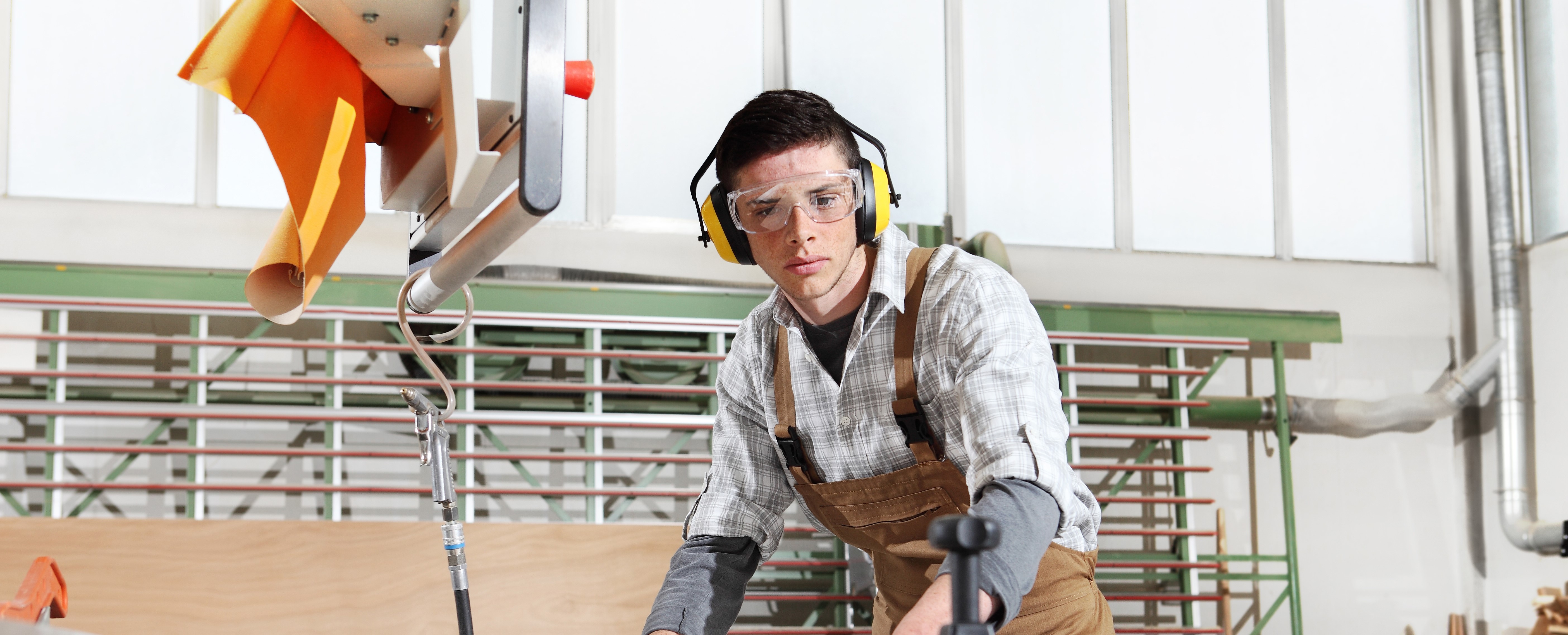Protecting Your Hearing

While October is Protect Your Hearing Month, there should be a year round emphasis on hearing protection, both on the job and at home.
20 million workers are subject to dangerous noise levels on the worksite. When not on the job, numerous everyday activities can harm hearing as well. These activities include listening to loud music with headphones, going hunting, attending concerts, using power tools, and more. Education on hearing protection is critical in order to protect yourself and others both on the job and off.
How We Hear 
Sound frequencies travel through the ear canal to the eardrum. Once the noise reaches the eardrum, the membrane resonates, similar to a drum that has been hit. The noise transports through small, tender bones to the cochlea. In the cochlea are tiny hair cells that convert the noise frequencies as nerve impulses. Once these impulses reach the brain, we experience them as noise.
How Damage Occurs
The hair cells running along your cochlea are very tender and can be damaged easily. The most prominent form of ear damage is sound. Excessive noise levels kill off nerve cells so slowly that most people do not notice it is happening until it’s too late. The point? It’s critical to wear hearing protection correctly at all times when required or when you are engaging in activities that you know will have loud noises. That way you are not putting yourself at risk for damage.
Signs You Need Hearing Protection
- Struggling to hear someone talk that is 2 feet away or less
- A loud ringing in the ears
- Lessened hearing after leaving the worksite
Note: your ears do NOT gradually get acquainted with noise and do NOT develop natural protection against high decibel levels.
What is "Too Loud"?
In accordance with OSHA standards, hearing protection is required:
- If you are subject to sound levels over 85 dBA for 8 hours or more
- At all times when the decibel level reaches or exceeds 90 dBA
YOU CAN PRESERVE YOUR HEARING BY WEARING THE PROPER PROTECTION AT ALL TIMES WHEN REQUIRED.
Choosing the Right Hearing Protection for You
There are several different options when it comes to hearing protection. Knowing which type of protection is right for you and your environment is key to protecting your hearing. An article from the CDC explains the different types of hearing protection here.
